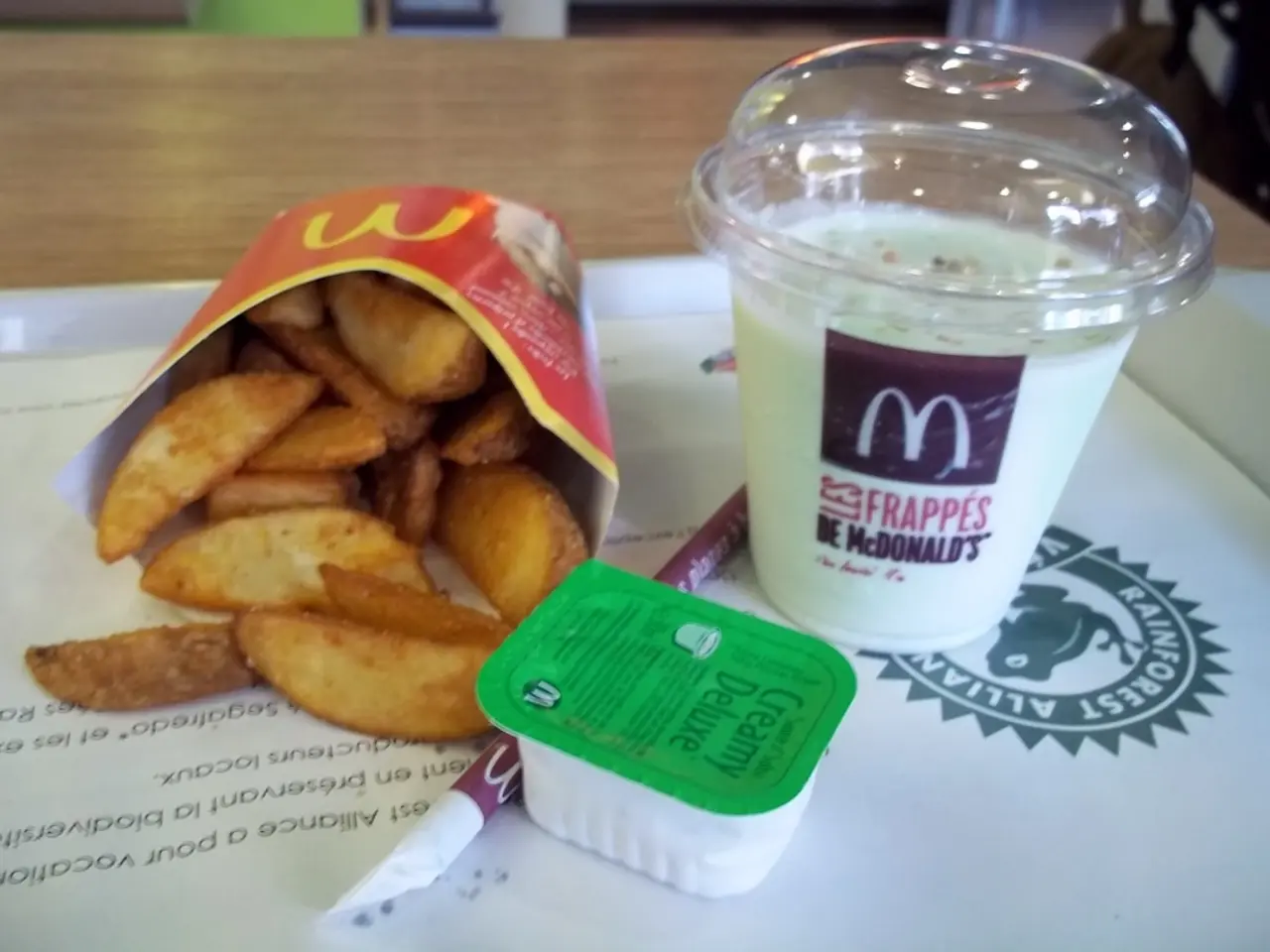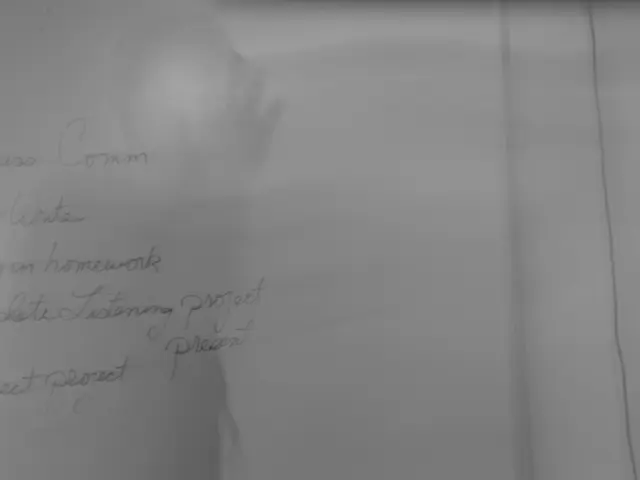Kitchen Science Activities for Amusing Exploration
Are you looking for a way to make learning science fun and engaging for your kids? Look no further than your very own kitchen! With simple, everyday ingredients, you can create a variety of exciting and educational experiments that will captivate your little ones' imaginations while teaching them fundamental scientific principles. Here are ten captivating kitchen science experiments that your kids will love:
1. Mustard or Ketchup Slime Mix 2 ounces of mustard or ketchup with 1 teaspoon of baking soda, and watch as a gooey slime forms, demonstrating how different substances interact to create new materials with unique properties. The vinegar in mustard and ketchup contributes to this "explosive" reaction.
2. Milk and Food Coloring Swirl Pour milk into a shallow dish, add drops of different food coloring, then dip a cotton swab soaked in dish soap into the milk. Observe as the food coloring swirls, a vivid demonstration of chemical interaction between soap and fat.
3. Elephant Toothpaste Create a rapid, foamy eruption by combining hydrogen peroxide, dish soap, and yeast. This chemical reaction illustrates the release of oxygen gas and mimics a toothpaste explosion.
4. Homemade Slime with Glue and Borax Mix white school glue with water and food coloring, then add a borax solution to create stretchy slime. This experiment demonstrates polymer science and non-Newtonian fluids.
5. Dancing Raisins Place raisins in a glass of clear soda and a glass of plain water. Observe as the carbon dioxide bubbles in soda attach to the raisins, causing them to dance. This experiment shows gas buoyancy and bubble dynamics.
6. Rainbow Liquid Density Column Layer sugar water solutions of varying concentrations and colours in a glass to create a colourful density column. This visually demonstrates how liquids of different densities stack without mixing.
7. Invisible Ink Secret Messages Write on paper with lemon juice or other household chemicals, let it dry, then reveal the message by gently heating the paper. This experiment demonstrates chemical changes caused by heat.
8. Edible Rock Candy Crystals Grow sugar crystals on a string suspended in a supersaturated sugar solution, showing crystal formation over time. This simple and taste-safe experiment is perfect for younger kids.
9. Oobleck (Non-Newtonian Fluid) Mix cornstarch and water to create a substance that behaves like both a solid and a liquid, teaching kids about rheology and material properties.
10. Egg Without a Shell Immerse a raw egg in vinegar for 12 to 24 hours; the acid dissolves the shell, leaving a soft, "naked" egg that demonstrates acid-base reaction and shell composition.
These experiments not only provide hours of fun and entertainment, but they also teach a variety of scientific concepts such as chemical reactions, density, polymers, gas behavior, and phase changes. So, grab your ingredients and get ready to embark on a journey of scientific discovery right in your own kitchen!
- These captivating kitchen science experiments can make engineering concepts fun and accessible for kids, helping them understand the principles behind new materials with unique properties.
- By combining mustard or ketchup with baking soda, kids can have fun creating slime and learn about chemical reactions.
- Engaging in activities like creating elephant toothpaste or homemade slime can boost kids' interest in science, offering a hands-on approach to learning about chemistry.
- With pre-school kids, art-related activities like growing rock candy or making slime can be a fun way to introduce STEM topics and the concept of polymers.
- Some of these experiments, like the dancing raisins, can help kids develop a basic understanding of gas buoyancy and bubble dynamics, which are fundamental to engineering.
- By creating a density column using sugar water solutions, kids can interactively visualize the way liquids of different densities behave, fostering a better understanding of physics.
- Encouraging kids to write invisible messages using household chemicals and then reveal them through heat can make learning about chemical changes caused by heat engaging and exciting.
- Edible projects, such as growing rock candy crystals, can engage kids in science while also allowing them to enjoy a sweet treat, making learning fun.
- The experiment of creating oobleck, a non-Newtonian fluid, can teach kids about rheology and material properties in a fun, playful way, catering to their senses.
- By immersing a raw egg in vinegar and observing the resulting "naked" egg, kids can learn about acid-base reactions and the chemistry behind eggshells, enriching their understanding of science education and self-development.




